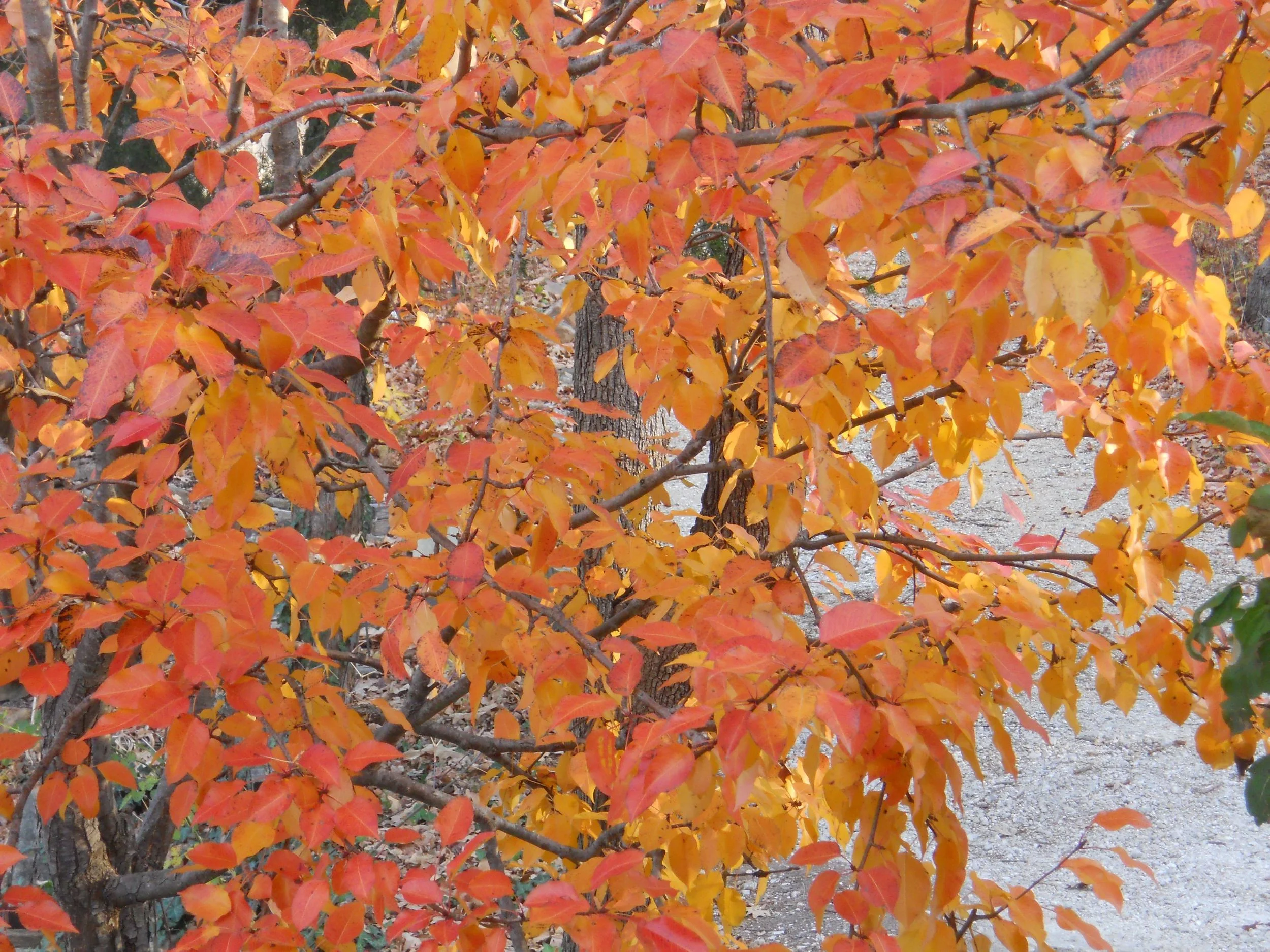Snakeroot
/white snakeroot makes my garden look snow-covered. (charlotte ekker wiggins photo)
White Snakeroot
It’s that time of year when the garden starts to wind down and prepare for winter. One of the reminders is blooming white snakeroot (Eupatorium rugosium). White snakeroot is a North American native plant known for its toxic properties. It contains tremetol, a compound that can be harmful to livestock when consumed.
Historically, the consumption of white snakeroot-contaminated milk by cattle led to a condition called "milk sickness," which could also affect humans who consumed dairy products from affected cows. US President Abraham Lincoln’s mother may have died from consuming contaminated milk with snakeroot.
white snakeroot will plant itself with little gardener care. (charlotte ekker wiggins photo)
Snakeroot plants are airy, giving the garden a nice contrasting plant form.
The plants are also part of the fall blooming plants that provide pollinators including bees with a last chance of collecting food to store for winter.
snakeroot flowers are a group of tiny flowers. (charlotte ekker wiggins photo)
Although noted for growing in wet areas, I have snakeroot growing all over my limestone hillside.
When growing in a bad spot, they are easy to remove since they have shallow roots.
Interestingly enough, Don Kurz in “Ozark Wildflowers’ notes Native American Indians used snakeroot to cure a number of ailments. More recently it’s been noted snakeroot may have anticancer properties.
Charlotte





















